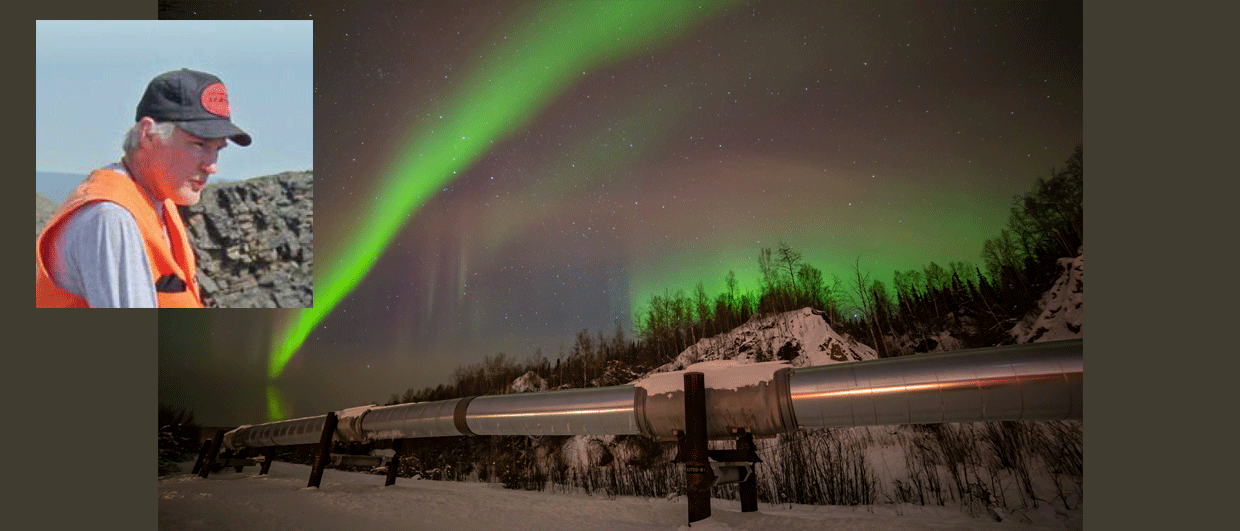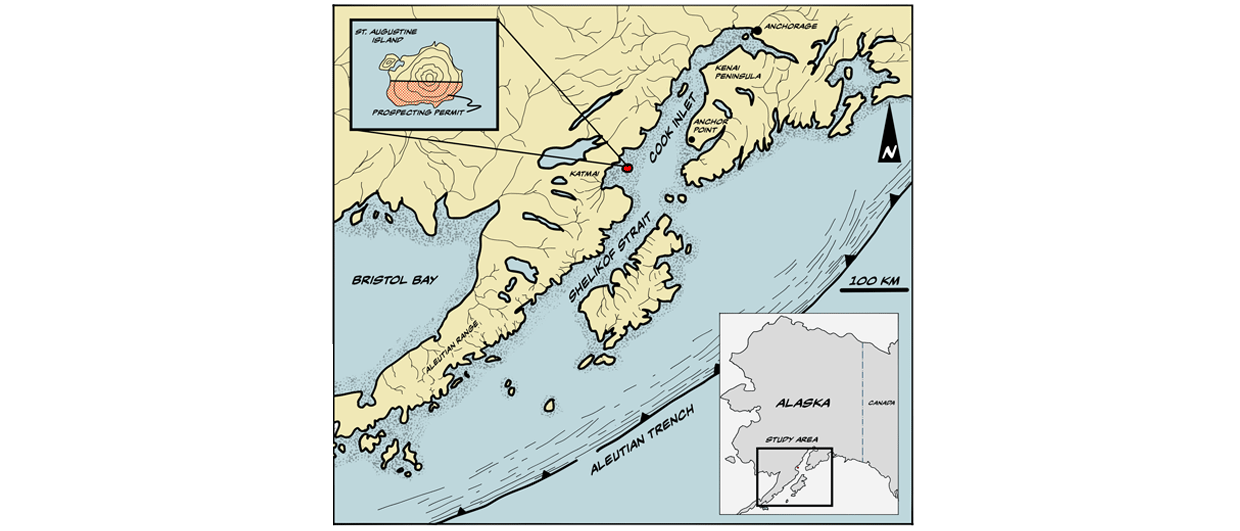In 1968, the state of Alaska made global headlines when the discovery of Prudhoe Bay confirmed that the frozen, once discounted North Slope was home to the largest oilfield in North America.
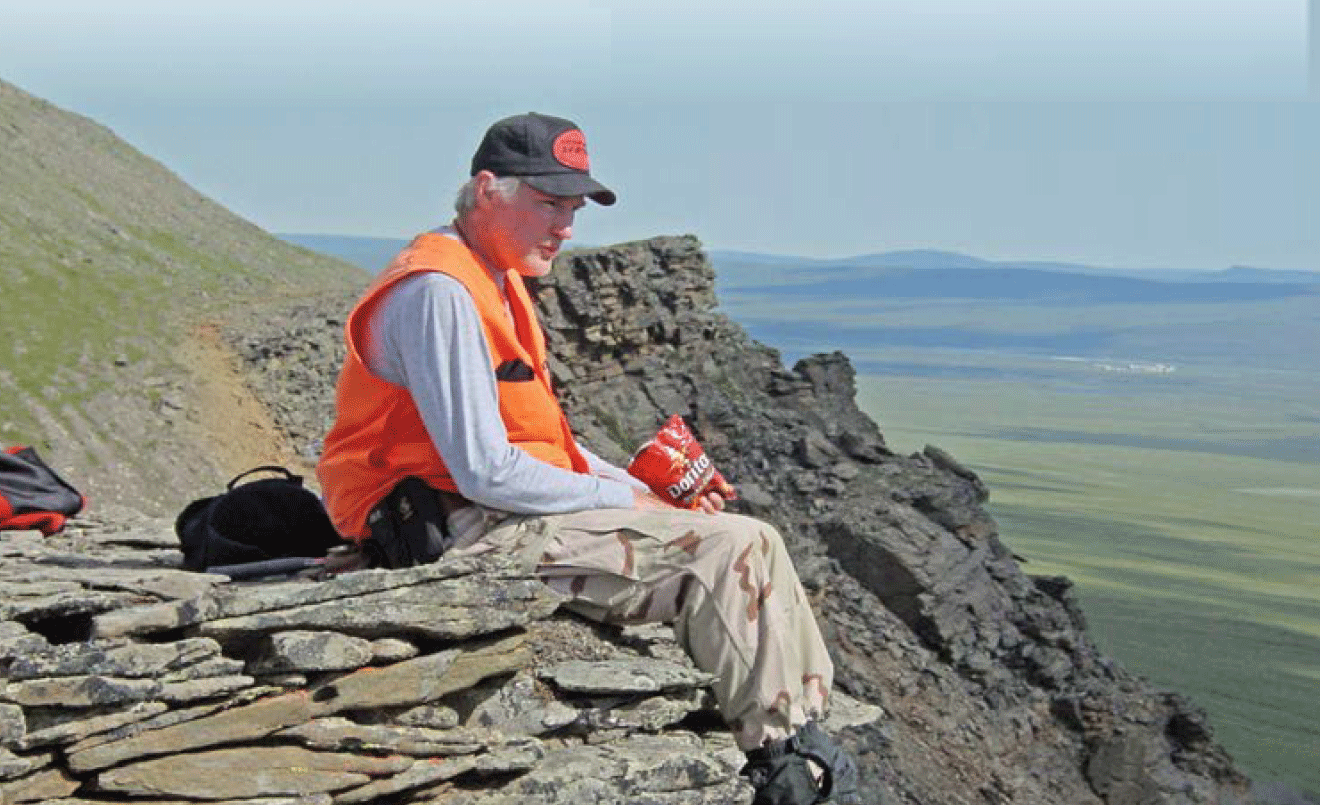
Yet a decade before Alaska joined the ranks of world-class oilfields, a surprising discovery of 150 MMbo on a dairy farm in Jonesville, Michigan made headlines as well. Michigan’s only giant oilfield to date lay beneath land that belonged to a woman named Ferne Houseknecht. At night, the bright lights on the rigs that towered over the landscape mesmerised one of Ferne’s distant relatives – a seven-year-old David Houseknecht, who first encountered them on a family vacation in 1958.
This happenstance introduction to the industry awakened in him a passion for geology that later would take him to Alaska in search of more headline-worthy discoveries.
Houseknecht, now 68 and a senior research geologist for the United States Geological Survey (USGS), is chief of the Alaska Petroleum Systems Project and arguably the most active expert on Alaskan petroleum geology. For more than 20 years, he has overseen the North Slope’s sequence stratigraphy, basin evolution, and petroleum resource assessments. Often mapping the geology himself, perched atop the jagged outcrops of the underexplored Brooks Range, Houseknecht’s work has helped lead today’s explorers to giant discoveries – and his expertise tells him that more are waiting to be found.
Twists and Turns
It was a psychic who planted the seed in Ferne’s mind that oil was in her future, encouraging her to raise enough money to drill a wildcat well in 1957.
The site of oil rigs and nodding donkeys fascinated David Houseknecht, who left his Muncy, Pennsylvania home every summer, eager for hands-on tours of the operation by Ferne’s brother, George Houseknecht. “No one in my family had ever gone beyond high school. So, none of us even knew what geology was,” Houseknecht said. “George encouraged me to go to college and study petroleum engineering.”
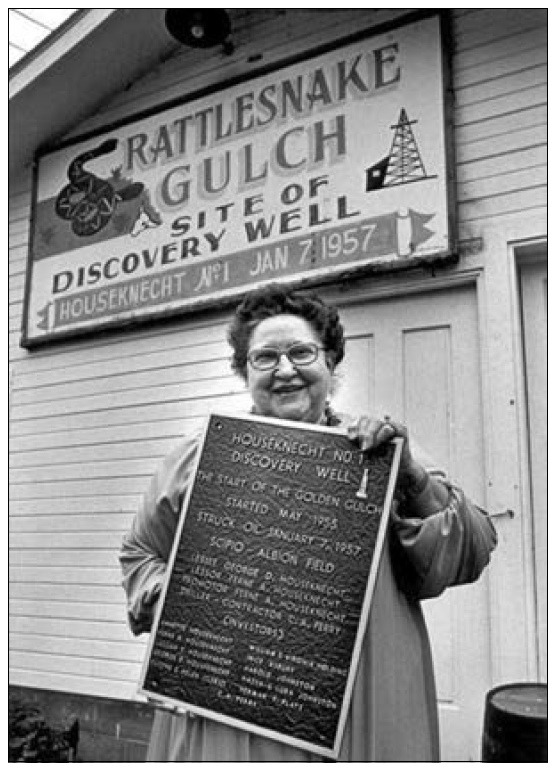
Houseknecht enrolled at The Pennsylvania State University in 1969, studying petroleum engineering and also becoming a self-confessed ‘party boy’. His grades suffered, but the summers he spent roughnecking in the Michigan oil patch – alongside Houseknecht Oil Producers and explorers from Shell and Mobil – became his saving grace. There, he observed that “the geologist was always spreading out maps and seismic sections on the hood of a car. I just loved maps. This visual content of the science appealed to me.”
After changing his major to geological sciences, his grades improved. A course in stratigraphy and sedimentology sealed the deal. Houseknecht was strongly urged to apply for graduate school by a professor who saw undeniable potential in him. Before heading to Southern Illinois University in 1973 to begin his master’s programme, Houseknecht got married and the following day took his new wife, Stephanie, to Connecticut for a USGS internship mapping metamorphic rocks.
He later accepted a second internship with Amoco in Houston where he quickly discovered that he strongly disliked the cut-throat, political atmosphere of the industry. He knew his honest and straightforward style would not be gracefully received.
While opportunities for higher education didn’t exist for his Depression-era parents, both supported their younger son’s academic appetite. His father put his skills for refurbishing antique cars and engines into overdrive, selling coveted rebuilt magnetos (which were eventually replaced by spark plugs) at flea markets to fund his son’s undergraduate degree. Little did they know their son would return to The Pennsylvania State University to pursue a PhD in geology.
Road to Research
Houseknecht at the completion of an independent project culminating the 1972 undergraduate field geology course in western Montana. © David Houseknecht.
In 1978, Houseknecht accepted an assistant professor opportunity at the University of Missouri. He spent long hours looking through a microscope at core samples and providing basin analyses from reservoirs all over the world. “The research I did in Missouri is what many people regard as the best work I ever did,” he said.
A paper he authored titled, “Assessing the relative importance of compaction processes and cementation to the reduction of porosity in sandstones,” which was published in the American Association of Petroleum Geologists’ (AAPG) Bulletin in 1987, won the J.C. ‘Cam’ Sproule Award. Cited 568 times (and counting), the article presents a method for determining if reduction of porosity is a result of compaction or cementation, by looking at a reservoir rock through a microscope. “It makes it possible to predict before drilling how much porosity a sandstone reservoir might have,” Houseknecht explained.
The following year, his paper “Intergranular pressure solution in four quartzose sandstones” in the Journal of Sedimentary Petrology won the Outstanding Paper Award. Those two victories crystalised Houseknecht’s career path in research as he climbed the ranks to full professor.
He later accepted a position as manager for the USGS’s Energy Program in Reston, Virginia, for six years, and became a research geologist for the Survey in 1998.
Discovering Alaska
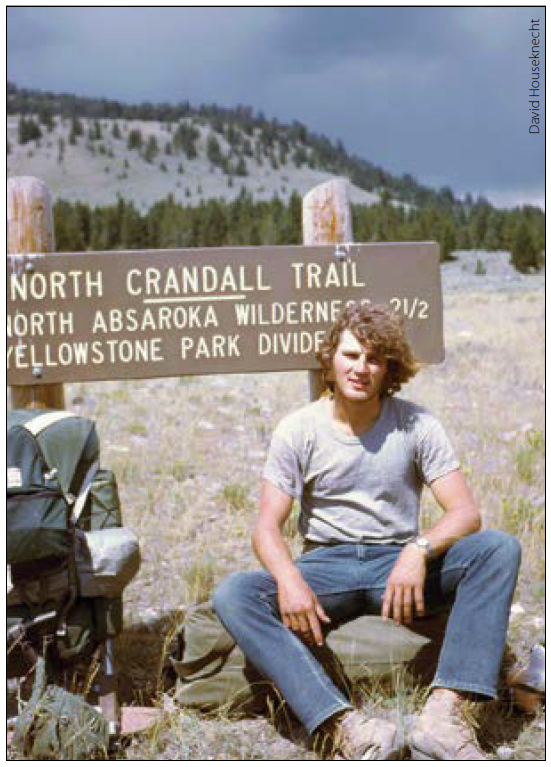
When the USGS published a national resource assessment in 1995 that included the Arctic National Wildlife Refuge (ANWR), numbers were lower than expected, sending a wave of disappointment through parts of the US Department of the Interior and some congressional delegates. A few months later, the USGS sent geologists to gather more data in the remote federal lands widely believed to contain the nation’s greatest energy potential. Houseknecht was one of them.
“One of the best things that happened to me was that trip to Alaska,” Houseknecht said. “Little did they know that when I got there, I would jam my foot in the door and take over the project,” he said facetiously.
Using new data, the USGS published a detailed assessment of ANWR in 1998, which reflected the presence of more resources.
Compelled to piece together a more detailed geological framework of the North Slope, Houseknecht began leading field sessions, disappearing from civilisation every summer since 1995 (missing just two summers to date!) to conduct basin history modelling, reconstruct the burial history of the rocks, and determine when and where oil was generated. He taught himself how to interpret seismic data and threw himself into petroleum systems analysis.
Houseknecht in 2018 collecting oil-stained rock on the coastal plain of the Arctic National Wildlife Refuge. © David Houseknecht.
Kate Whidden, a supervisory research geologist with the USGS, has attended many field sessions with Houseknecht and recalls him working at midnight when the need for sleep felled the rest of the team. “He loves the science, but being a frontier basin, he loves the wildness of being up there where few people have been,” she said. “He’s transmitted that love to the project, and he’s taught me that love.”
When Houseknecht accepted his official post as research geologist, he began working on the Alaska Project, which was led by renowned Alaskan geologist Ken Bird. They conducted research to increase understanding of Alaskan petroleum systems, published assessments of undiscovered resources, and delivered energy-resource information to land and resource managers, policy makers and the public.
“I was an outdoorsman. I loved making maps, and Alaska just seemed like the pot of gold at the end of the rainbow,” Houseknecht said. “Doing helicopter-supported fieldwork, I was in hog heaven.”
Because Bird was a paraplegic, injured during fieldwork years before, Houseknecht became his eyes and ears on the ground – both in Alaska and in Washington, D.C., where he often briefed government officials and members of Congress on their findings. If explained clearly, using creative visuals to bring a blurry subject matter into focus, the chances of acquiring federal funding to further research were generally more favourable.
“He’s a superb communicator,” said Bird, who is now retired. “He’s a master at creating illustrations in his talks and publications. He’s also got a sharp eye. Many of his photos have ended up on the cover of the Explorer,” added Bird, referring to the AAPG publication.
Houseknecht, who took over as chief of the Alaska Project in 2010, continues to create a forward momentum that has drawn operators from all over the world to the North Slope in search of what seems like an endless supply of oil.
The Giant Hydrocarbon Discoveries of Alaska
When the Alpine Field was discovered on Alaska’s western North Slope in the 1990s, attention immediately turned to the National Petroleum Reserve – Alaska (NPRA). “I jumped on that,” Houseknecht said, tearing into the sequence stratigraphy in seismic data of the Kingak Shale, and then the Brookian strata, in the Colville Foreland Basin.
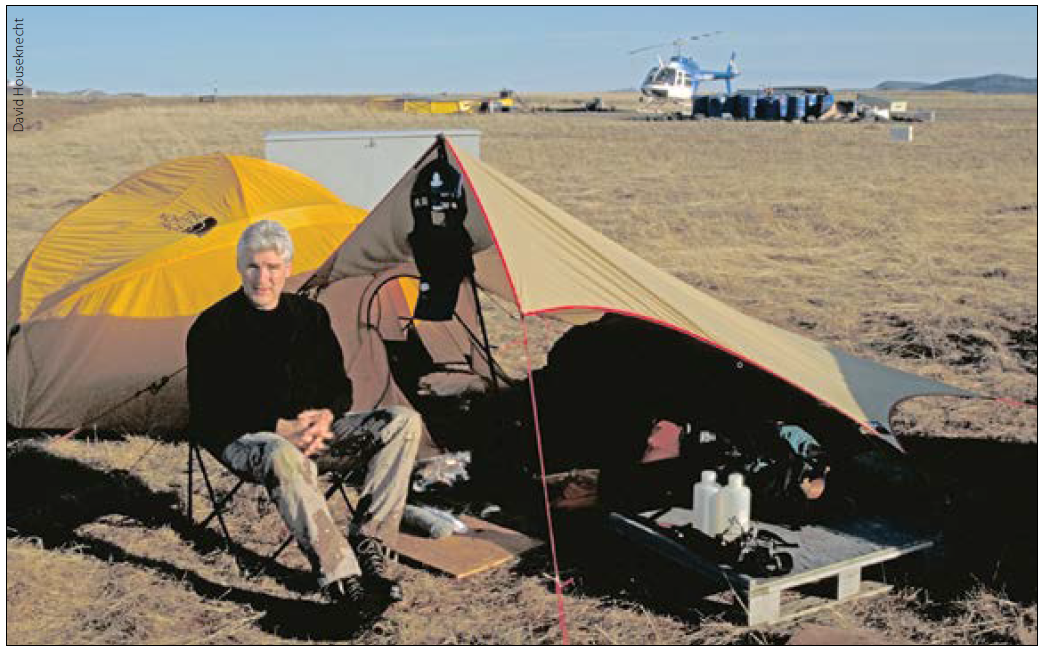
Giant discoveries in the Nanushuk Formation, particularly the recent Pikka and Willow discoveries – believed to contain up to 2 billion barrels of recoverable oil combined – have prompted Houseknecht to re-evaluate a 2010 NPRA assessment.
“We never dreamed that a shallow formation previously penetrated 150 times, with the largest accumulation found being in the order of 70 million barrels of oil, would ever yield between half a billion to over one billion-barrel discoveries,” he said. “All we can do is make adjustments and keep moving.”
He added, “We think significant resources are yet to be discovered in the Nanushuk reservoir, both in NPRA and state lands just to the east. And based on looking at seismic data offshore, there could be potential there in a different trap not yet tested in the Outer Continental Shelf. There may be potential in state waters, too.”
Time for Fun
At Houseknecht’s request, the USGS is actively looking for his successor – if there could be such a person. He wants to have “more fun” by setting aside administrative and political duties and focusing solely on piecing together Alaska’s petroleum puzzle.
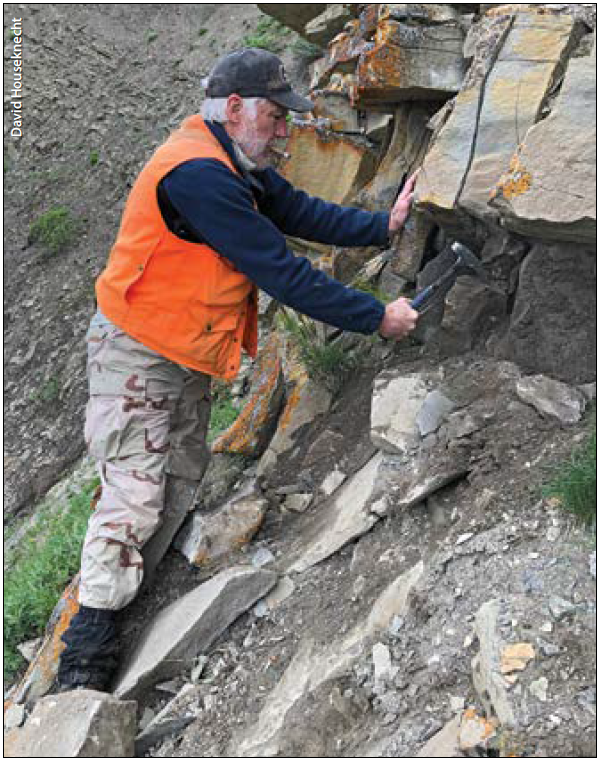
Over the last decade, Houseknecht has managed to have the USGS acquire additional seismic data of the North Slope, and he’s obtained state-of-the-art data from the Siberian Shelf, the Chukchi and Beaufort shelves, and the Canadian Beaufort and Mackenzie shelves. He grows giddy when speaking of the 2D and 3D seismic data on his workstation – “more than I’ll ever be able to interpret” – but awaits it with glee.
Over the course of his career, he has earned many honours and awards, the most recent being the Distinguished Service Award from the Department of the Interior in 2018. The self-professed workaholic has authored, co-authored and contributed to several hundred papers, articles, abstracts and other publications, including a chapter in the book The Sedimentary Basins of the United States and Canada, edited by Andrew Miall, that synthesises Houseknecht’s decades of work and progress in Alaska.
While he has never consulted a psychic for the next giant discovery, David Houseknecht’s own intelligence, passion and resources have proven to be trusted guides to the ever-unfolding finds in the mystery that is Alaska.

